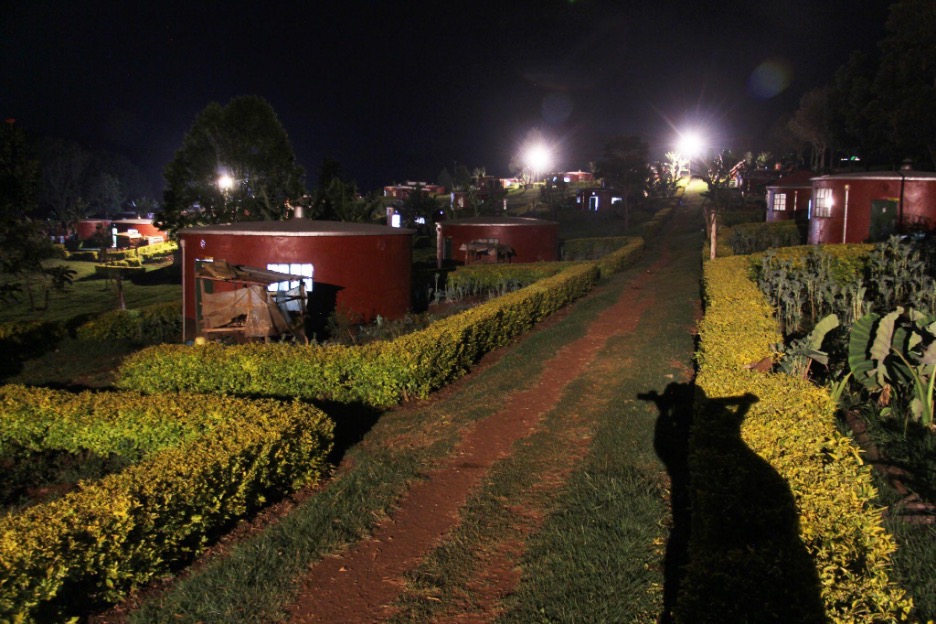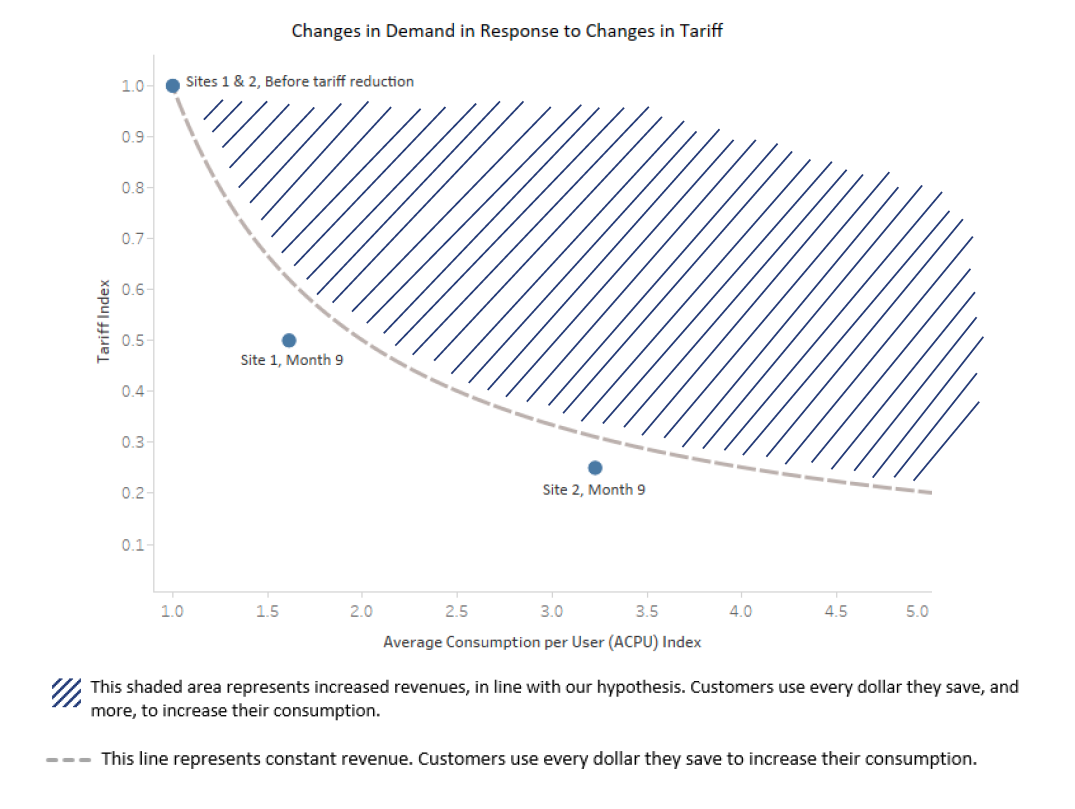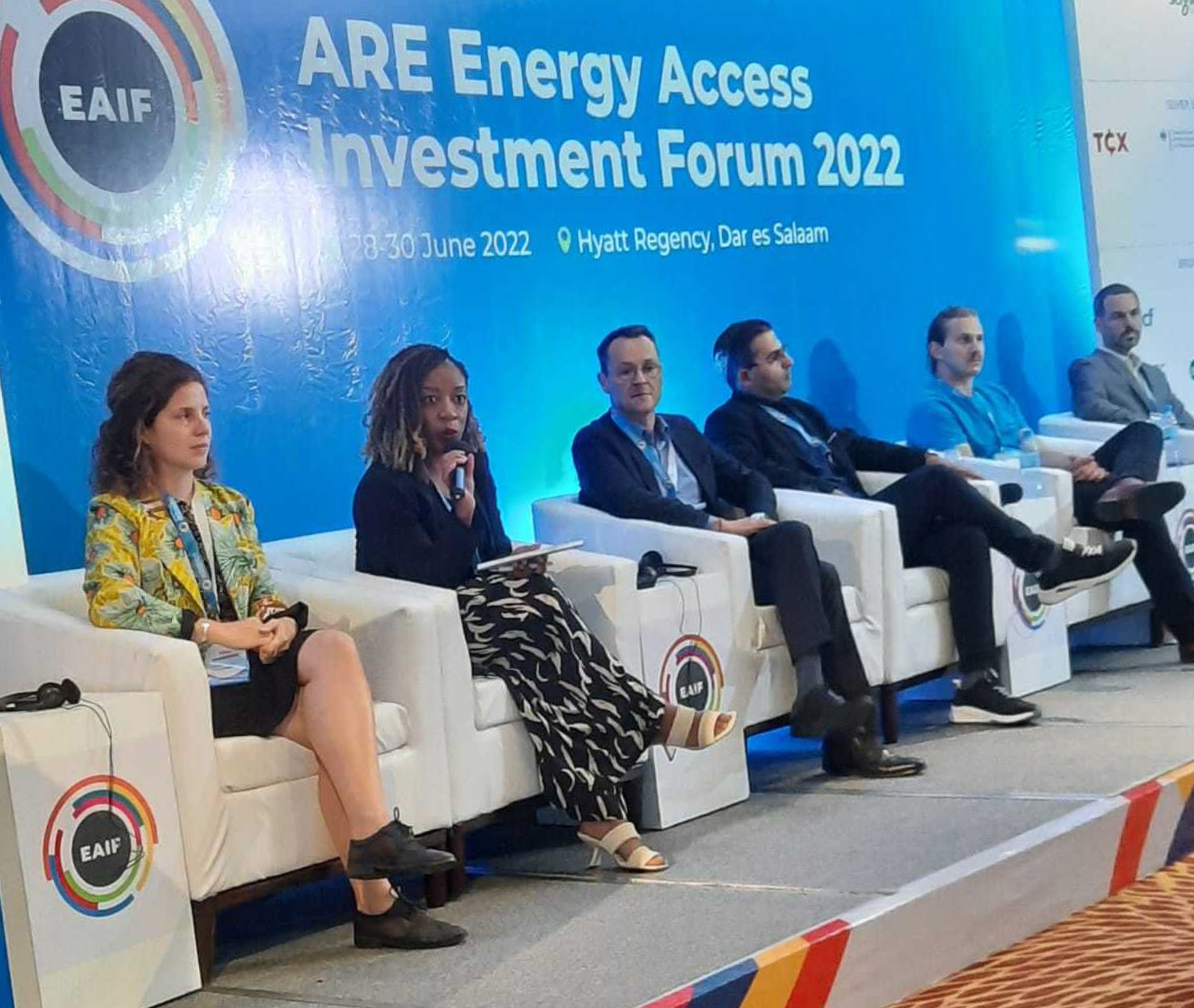
Are mini-grid communities being left out of energy access maps? A study of nighttime light detection in Sierra Leone
Accurate electricity access mapping is essential for assessing progress towards achieving universal access by 2030.
Accurate electricity access mapping is essential for assessing progress towards achieving universal access by 2030.
Electricity access maps rely heavily on satellite images of nighttime lights. However, we see that mini-grid users commonly prioritize indoor lighting and connective devices over outdoor lighting. We want to know if mini-grid communities might be missed by such mapping techniques. Can we tell when a mini-grid was installed with satellite imagery alone?
We found that communities with mini-grids may be overlooked when we compared about 40 mini-grid sites in Sierra Leone with 40 villages without electricity, 40 regions of forest, and 40 of open water. Even though the mini-grid communities consume electricity averaging around 4-6kWh per month per connection, the nighttime signal was almost impossible to distinguish from a forest or open water, much less another village without a mini-grid. The chart shows nighttime image brightness values over time from 2014-2023 grouped by site type. A regression line is fitted to each group with the gray shading representing the standard error.

We can look at causality with difference-in-difference. The plot below is also brightness over time, but time is now relative to the year each mini-grid was commissioned. The y-axis shows how nighttime image brightness at the mini-grid sites varies relative to the control villages pre- and post-commissioning, with vertical bars for the standard error. Because all error bars straddle the x-axis, we know that there is no statistically significant change in brightness when a mini-grid is built.

Are mini-grid communities being left out of energy access maps? What would it take to measure the signal from the noise? What other indicators from satellite imagery might improve energy access mapping?






